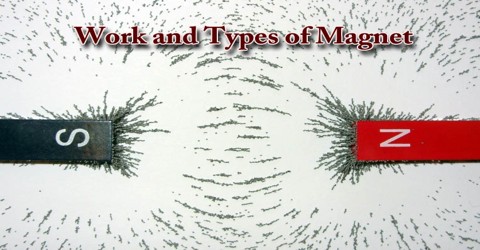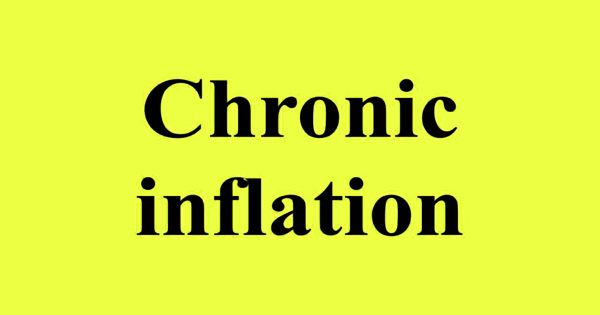Work and Types of Magnet
Introduction
Magnet is a material or object that produces a magnetic field. This magnetic field is invisible but is responsible for the most notable property of a magnet: a force that pulls on other ferromagnetic materials, such as iron, and attracts or repels other magnets.
A permanent magnet is an object made from a material that is magnetized and creates its own persistent magnetic field.

How Magnets Work
The magnet itself isn’t moving – that part is true. But, there are charges inside it that are moving. Inside the metal, the electrons are orbiting the nucleus of each atom. And when charges move, they produce magnetic fields. In a lot of non-magnetic materials, there are electrons orbiting in both directions, and their magnetic fields cancel out. But in some special magnetic materials, like iron for example, there is not an even number of electrons orbiting both ways, and an overall magnetic field is produced.
But that’s not the only kind of motion that’s happening. There’s something called quantum mechanical spin. Atoms in which both of these things don’t cancel out act like tiny magnets. And these magnets can combine together to make a material magnetic. They can combine together, but not always. Unfortunately it’s a little more complicated than that. Just because the electrons in a material are producing magnetic fields doesn’t mean the material will be a magnet. There are a couple of other things that have to be the case for that to happen. For one thing, these tiny magnets could very easily all point in lots of different directions and could cancel each other out.
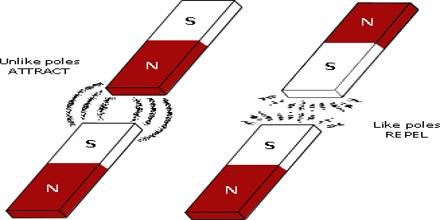
In some materials, for the sake of stability, the atoms pull on each other until they line up in nice, straight rows. These are called ferromagnetic materials.
Over a long period of time, the earth’s magnetic field can align the domains in a material like iron and produce a fairly weak magnet. This is why we can find rocks on the ground with magnetic properties. But generally, we create proper magnets by putting iron inside our own magnetic fields created using electromagnets. It’s kind of like charging the iron – forcing the domains to align. Once you’ve lined up the domains, the external magnetic field is no longer needed, and they will stay aligned for a long time.
Types of Magnets
Objects having magnetic field is called as magnets. Normally magnets are of two types- Permanent magnets and Electro magnets. Permanent magnets are those magnets which occur in nature and do not depend upon external source for their magnetic field. On the other hand electromagnets are those magnets which use electric current to generate magnetic field.
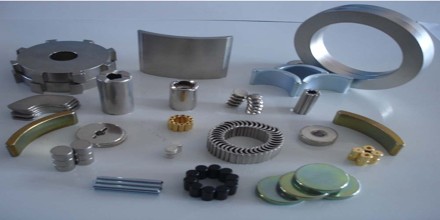
Permanent Magnets –
These are the most common type of magnets that we know and interact with in our daily lives, e.g.; the magnets on our refrigerators. These magnets are permanent in the sense that once they have been magnetized they retain a certain degree of magnetism. Permanent magnets are generally made of ferromagnetic material. Such material consists of atoms and molecules that each have a magnetic field and are positioned to reinforce each other. Permanent Magnets can further be classified into four types based on their composition:
- Neodymium Iron Boron (NdFeB or NIB)
- Samarium Cobalt (SmCo)
- Alnico
- Ceramic or Ferrite.
Permanent Magnets can also be classified into Injection Moulded and Flexible magnets. Injection molded magnets are a composite of various types of resin and magnetic powders, allowing parts of complex shapes to be manufactured by injection molding. Flexible magnets are similar to injection molded magnets, using a flexible resin or binder such as vinyl, and produced in flat strips or sheets. These magnets are lower in magnetic strength but can be very flexible, depending on the binder used. It can be made into any shape imaginable. They can be made into round bars, rectangles, horseshoes, donuts, rings, disks and other custom shapes.
Temporary Magnets – Temporary magnets are those that simply act like permanent magnets when they are within a strong magnetic field. Unlike permanent magnets however, they loose their magnetism when the field disappears. Paperclips, iron nails and other similar items are examples of temporary magnets. Temporary magnets are used in telephones and electric motors amongst other things.
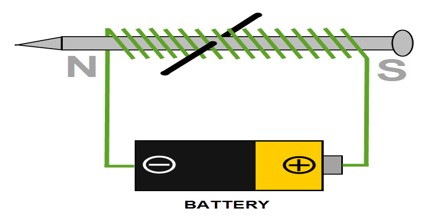
Electromagnets –
Electromagnets are extremely strong magnets. They are produced by placing a metal core (usually an iron alloy) inside a coil of wire carrying an electric current. The electricity in the current produces a magnetic field. The strength of the magnet is directly proportional to the strength of the current and the number of coils of wire. Its polarity depends on the direction of flow of current. While the current flows, the core behaves like a magnet. However, as soon as the current stops, the core is demagnetized.
Electromagnets are most useful when a magnet must be switched on and off as in large cranes used to lift cables and rods in construction.
